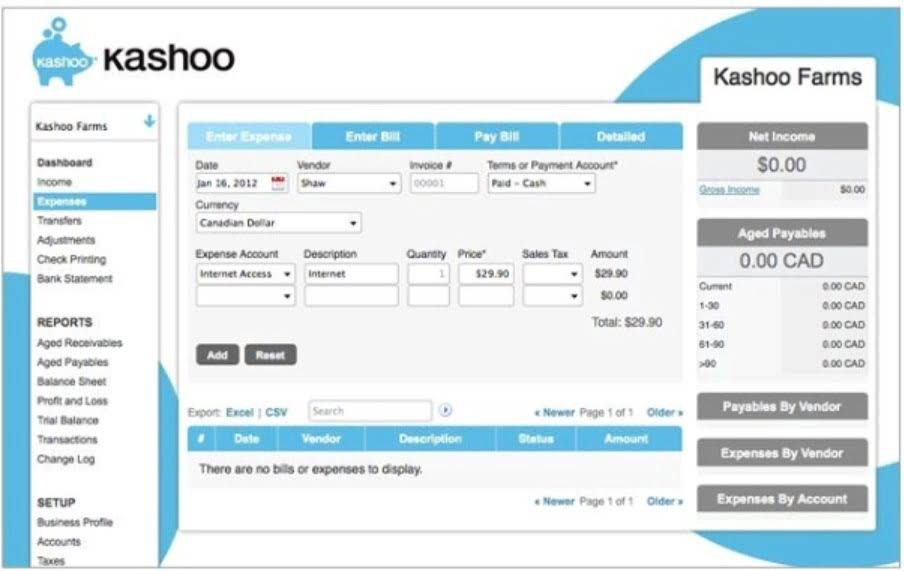
It can help track and manage spending on green initiatives, sustainable practices, and environmental responsibilities, becoming crucial when trying to balance cost-cutting and sustainability goals. By closely monitoring variances, you can identify which areas are straining your budget and take corrective action. This might involve renegotiating vendor contracts, adjusting timelines, or reallocating resources. On the flip side, you can use positive variances as an opportunity to scale up the initiatives that are driving success.

Management will create standard, or budgeted amounts for material, labor, and overhead costs. Outdoor uses accounting software to the budget, rather than excel spreadsheets that may generate errors. A variance is defined as the difference between standard (budgeted) cost and actual costs. Deviations from budgeted costs may reveal areas where management can reduce spending. To perform variance analysis accurately, you need to identify and record all business costs. The three main sources of variance in an analysis for cash forecasting are timing variance, amount variance, and category variance.
Cash Flow Statement: Breaking Down Its Importance and Analysis in Finance
By scrutinizing past performances and learning from them, organizations can make more informed and realistic predictions, contributing to better strategic planning. Variance analysis helps organizations ensure they are on track with their budgets. If a department overspends in a certain area, variance analysis will signal this to managers. They will then have a chance to probe into the reasons and take corrective actions promptly.

For example, a manager might decide to make a manufacturing division’s results look profitable in the short term at the expense of reaching the organization’s long-term goals. A recognizable cost variance could be an increase in repair costs as a percentage of sales on an increasing basis. In the short term, it might be more economical to repair the outdated equipment, but in the long term, purchasing more efficient equipment would help the organization reach its goal of eco-friendly manufacturing. A manager needs to be cognizant of his or her organization’s goals when making decisions based on variance analysis. AI can automate the reporting of cash flow variances, providing regular reports that highlight trends and patterns.
Variance Analysis Template
The variances usually are displayed in the form of floating bar charts—also known as walk, bridge, or waterfall charts. These graphics are often used in internal corporate documents as well as in investor-facing documents such as quarterly earnings presentations. An unfavorable materials quantity variance occurred because the pounds of materials used were greater than the pounds expected to be used. This could occur if there were inefficiencies in production or the quality of the materials was such that more needed to be used to meet safety or other standards. Often, management will manage “to the variances,” meaning they will make decisions that may not be advantageous to the company’s best interests over the long run, in order to meet the variance report threshold limits.
If there’s a negative sales variance, it might indicate the need for a new marketing strategy. Conversely, a positive sales variance can reinforce effective sales tactics currently in place. By refining budgets, aiding in forecasting future financial results, and improving operational efficiency, variance analysis serves as a vital tool in strategic financial management for any business. Finally, there’s material price variance, which is the actual unit cost of an item minus its standard cost. If the standard cost was $10, you have a favorable efficiency variance because you paid less than the standard. Knowing that you missed your target budget is one thing, but you need to see more than what appears on your financial statements.
The Role of Standards in Variance Analysis
This method of overestimation, sometimes called budget slack, is built into the standards so management can still look good even if costs are higher than planned. In either case, managers potentially can help other managers and the company overall by noticing particular problem areas or by sharing knowledge that can improve variances. Variance analysis basically helps you see how your organization is doing financially and take proactive actions to reduce risks and improve results. It allows enterprises to compare their forecasted cash flow with their actual cash flow, and to determine the underlying causes of variances, such as changes in market conditions, customer behavior, or operational issues.
- As shown in the table below, standard costs have pros and cons to consider when using them in the decision-making and evaluation processes.
- Companies that revisit their goals quarterly see three times greater performance than those that don’t.
- The first step in conducting variance analysis involves identifying the different variables that contribute to the performance of a certain business operation.
- Let’s say that your enterprise sells widgets, and you’ve projected that you’ll sell $1 million worth of widgets in the next quarter.
- Time spent compiling data and building spreadsheets is not a high-value-add activity.
- For example, Outdoor incurs utility costs on the factory, and pays insurance premiums to insure the factory building and equipment.
Suppose it’s determined through a variance analysis that the fluctuation in anticipated profits can be traced to rising costs of automobile parts. In that case, the mechanic can adjust their standard prices to make up for variable costs or find a cheaper vendor. Adding the two variables together, we get why would you perform a variance analysis on a companys income statement? an overall variance of $4,800 (Unfavorable). Management should address why the actual labor price is a dollar higher than the standard and why 1,000 more hours are required for production. It is similar to the labor format because the variable overhead is applied based on labor hours in this example.

